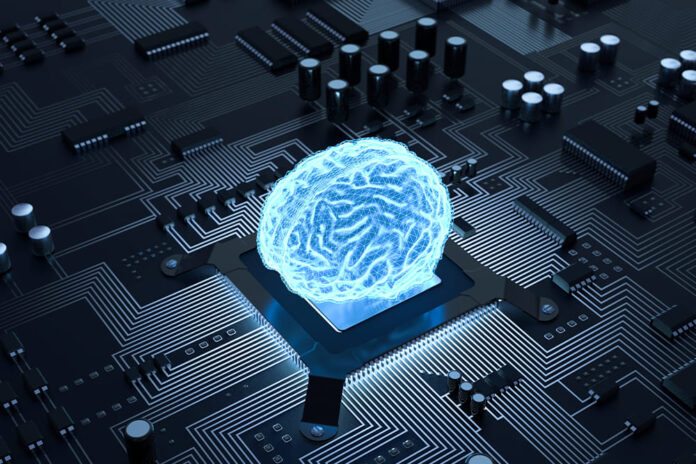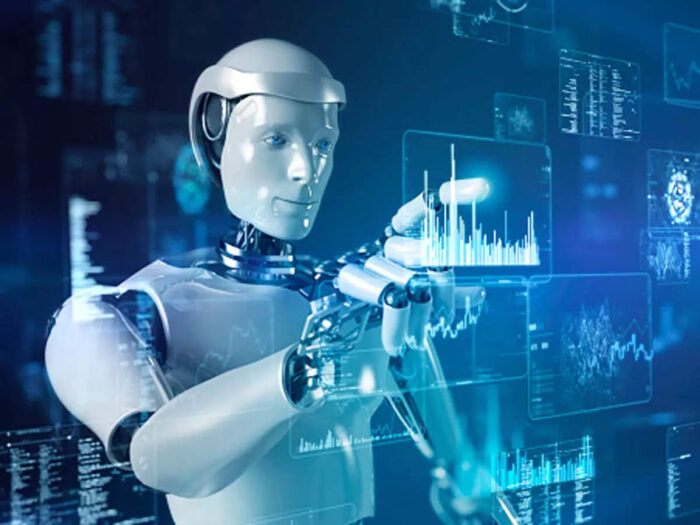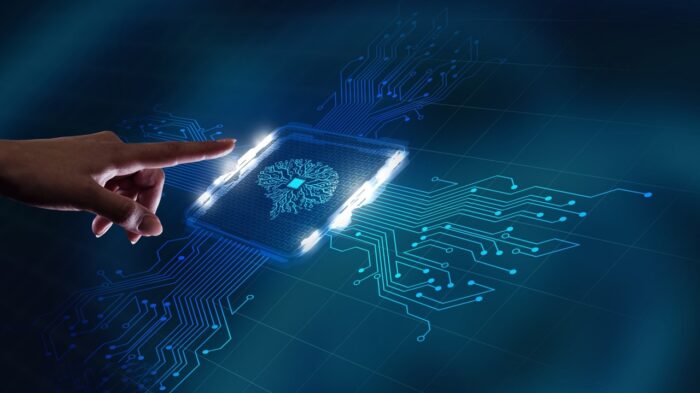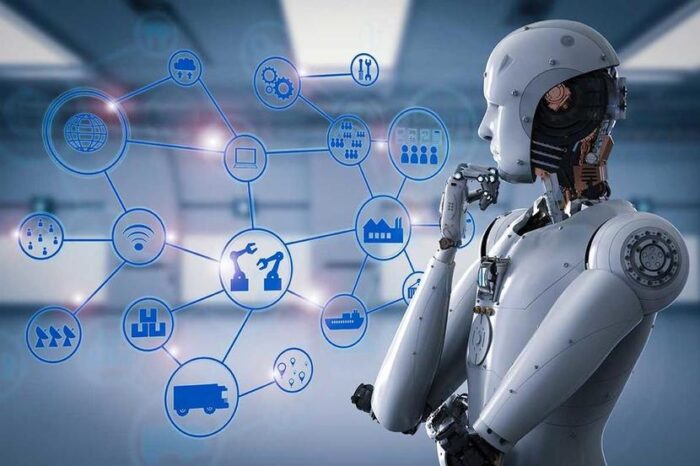
The notion of big data is discussed more and more as the amount of data grows exponentially. At the same time, artificial intelligence has been the focus of everyone’s attention along with the releases of OpenAI’s ChatGPT and Google AI’s Bard. But what exactly are big data and artificial intelligence, what is the relationship between them, and how can they help you in your business? We will explore these topics and more in the following article.
Overview
Big data represents massive and complex datasets that fuel the power of artificial intelligence. As AI requires a lot of data to learn, these datasets help AI in its decision-making processes, while, in turn, big data leverages AI algorithms for better data analysis. You could describe it as a win-win situation.
What is Artificial Intelligence

Artificial intelligence (AI) represents a set of technologies that offer computers the power to simulate human intelligence. AI makes analytics tools more powerful and accessible by using algorithms that can analyze unstructured and structured data for clear and high-value business insights. As subfields of artificial intelligence, we can name machine learning (ML), deep learning, natural language processing (NLP), and cognitive computing.
Which are some examples of AI in daily use? From speech recognition used in digital assistants, such as Siri or Alexa, and image recognition, such as Google’s AI image classification tool or face unlocks in phones, to more advanced use cases of autonomous driving for drones and cars, we can also name other use cases you might be familiar with, such as recommendation systems used in e-commerce or in music and media streaming services (Netflix, Youtube, Spotify, etc.), speech to text, autocorrect, or plagiarism detectors, to credit card and fraud detection, or medical technology, such as IoT wearables. The examples are countless, and you have probably encountered them in your daily life more than you know it.
For them to work properly and give us the insights we need, they require a solid infrastructure, a well-designed architecture, tons of working algorithms, and tech-savvy engineers. For an end user, they work flawlessly, but the amount of work that goes on behind the scenes is enormous.
What is Big Data
Compared to normal data, the big data term refers to a greater volume of data that’s being gathered. All these IoT devices, autonomous drones, and cars, MedTech wearable devices, smart home tech, sensors, and not only, are constantly collecting data – a lot of it. This data, when analyzed, can be used to uncover unique insights that otherwise could not be accessed by humans using traditional analytics tools. Certain tools, frameworks, algorithms, architectures, and specifically-designed infrastructures that can store this amount of data are necessary to be able to analyze big data properly.
So, what’s the connection between AI and Big Data?

As mentioned previously, machine learning algorithms cannot function without massive datasets. Think of ChatGPT. For it to work as it does now – being able to explain what quantum physics is, or to write poems – the algorithm has been fed around 300 billion words and the model has approximately 175 billion parameters. That’s a lot of data.
But don’t worry. As a business owner, you don’t need ChatGPT-level data volume to uncover business and operational insights. However, it’s best to have some machine-learning models in place. Why? Big data needs the machine learning algorithms that AI provides, to leverage advanced analytics capabilities such as augmented, predictive, or even real-time analytics. These can efficiently offer to you actionable insights from the vast amount of data your business has gathered throughout the years.
From Gathering Data to Ensuring Proper Infrastructure
In recent years, big data talks have focused on gathering a lot of data. Then, the discussion switched towards having high-quality data that can offer better insights. Now, since the amount of data grows exponentially, businesses don’t have this problem anymore – the data is there. But the discussion has now shifted more towards having the proper infrastructure to both store this massive amount of data and to be able to process it by running AI and ML algorithms, which need a lot of computing power.
What the Future Holds
One thing is for sure: in the business realm, no matter the industry, big data and AI, along with its subsets of ML and deep learning, are here to stay. They represent a critical part in the quest to predict, prepare for, and proactively respond to the ever-changing business and market environment. By leveraging big data and AI together, businesses can anticipate emerging industry trends, analyze consumer behavior, personalize services and products, automate operations, improve business efficiency, and, most importantly, improve the decision-making processes company-wide.
Challenges in Big Data and AI

Implementing big data projects is not a short-term endeavor, and a lack of clear business objectives is one of the main reasons why big data projects fail. Taking it one step at a time can prove useful. So before engaging on your big data journey, analyze the objectives that are most important for your business at the present time, perform a business audit, and find an experienced partner that can offer their big data consultancy services. Embarking on this journey with a specialized team can improve the project’s success rate.
Leveraging Cloud Computing
In today’s digital world, cloud computing has become increasingly important for businesses to store and process large amounts of data. By combining the power of cloud technology with artificial intelligence (AI) and big data technologies, businesses can gain huge benefits.
Cloud computing offers a multitude of advantages that make it ideal for AI and big data processing. Cloud-based services are cost-effective and have a high scalability factor, enabling companies to rapidly expand their storage or compute power as needed. Additionally, since cloud providers typically manage their own infrastructure, companies no longer need to worry about server maintenance or upgrade costs.
Moreover, cloud computing provides a reliable platform for data scientists to access large datasets quickly from anywhere in the world. This allows them to analyze data more efficiently by leveraging powerful tools such as machine learning algorithms and predictive analytics. With the help of these technologies, companies can gain valuable insights into customer behaviors and trends that may not be detectable through traditional methods.
We can see that big data and AI are closely interconnected. Big data is the source of insights for AI, while AI uses this information to automate processes and create smarter solutions. By combining both elements, organizations can make better use of their resources, improve customer experiences, and drive business growth. As technology continues to evolve and businesses become more data-driven, it’s important to understand how these two concepts intersect so you can take advantage of their potential.
















